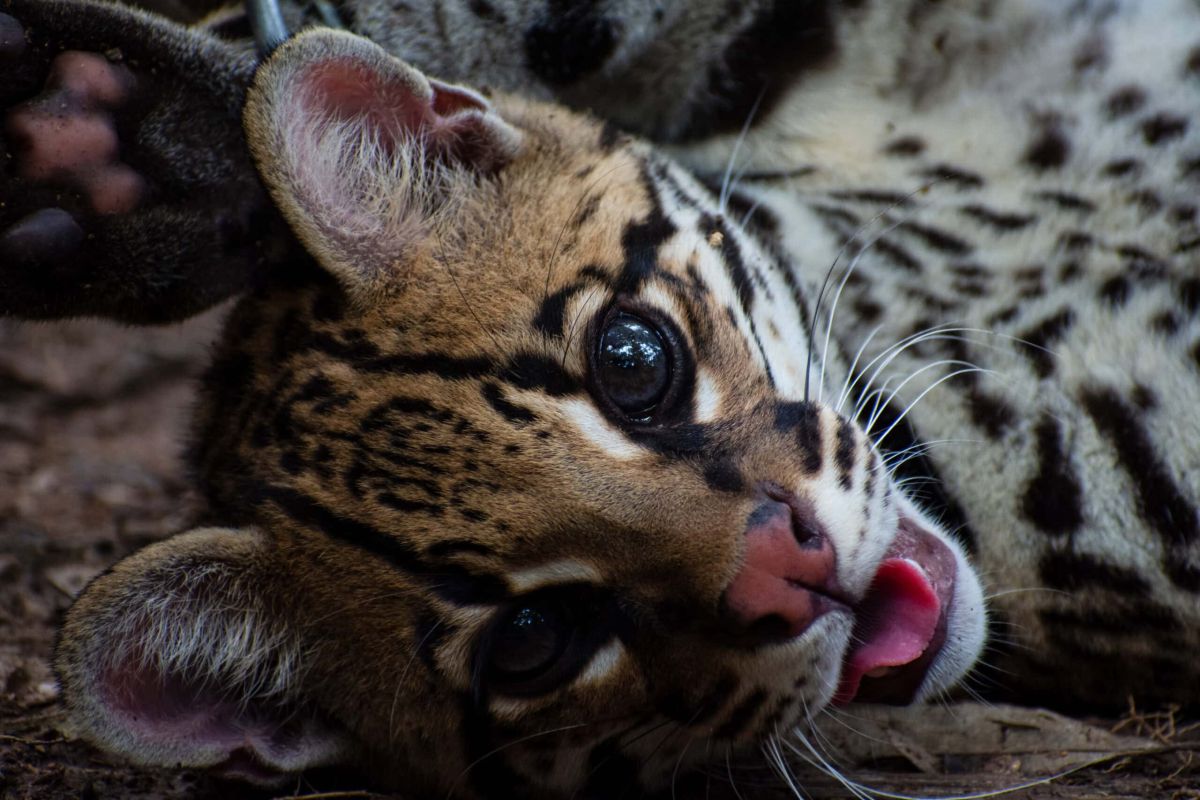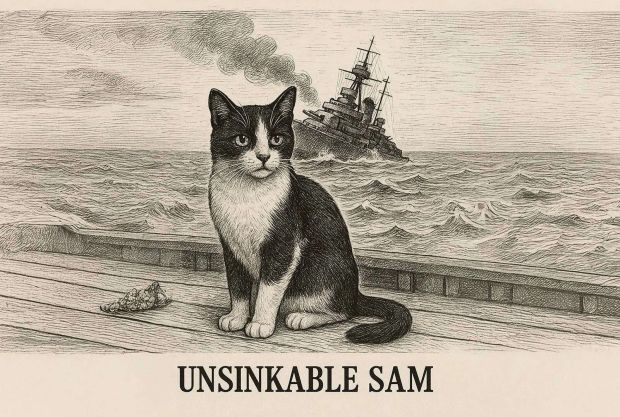Do Big Cats Like Catnip? Exploring the Wild Side of Feline Fun

Catnip is a staple in the world of domestic cats, turning even the laziest housecat into a playful whirlwind. But what about their larger, wilder cousins? Do lions, tigers, and leopards get the same kick out of this minty herb? As someone who’s fascinated by animal behavior, I dove into the science and stories behind this curious question. Spoiler: It’s not as straightforward as you might think, but it’s definitely intriguing.
What Is Catnip and Why Do Cats Love It?
First, let’s break down the basics. Catnip (Nepeta cataria) is a plant from the mint family, native to Europe and Asia but now found worldwide. It contains a compound called nepetalactone, which acts as a natural stimulant for cats. When domestic cats sniff or ingest catnip, it binds to receptors in their nasal tissue, triggering a response in the brain similar to that of pheromones. This often leads to behaviors like rolling, rubbing, purring, or even a burst of energy—think of it as feline euphoria.
About 60-80% of domestic cats are sensitive to catnip, with the reaction typically kicking in within minutes and lasting up to 10-15 minutes. It’s harmless and wears off quickly, which is why it’s a popular toy and treat for pet owners. But here’s where things get interesting: Does this apply to big cats in the wild or in captivity?
Big Cats and Catnip: What the Research Reveals
When it comes to big cats—species like lions, tigers, jaguars, and leopards—the story is mixed. Scientists have studied this phenomenon, and the results show that many big cats do respond to catnip, but not all of them, and the reactions can vary in intensity.
One key study from the late 20th century, conducted by researchers at the University of Liverpool, tested catnip on various felines, including zoo animals. They found that tigers and lions often exhibited playful behaviors similar to domestic cats, such as sniffing, licking, and rolling around. In fact, a 2017 study published in the journal Behavioural Processes observed that nepetalactone can stimulate big cats, potentially due to shared evolutionary traits in the Felidae family.
However, not every big cat is a fan. For instance, cheetahs and snow leopards seem less responsive, possibly because their sensitivity to nepetalactone varies based on genetics or environmental factors. Experts believe that the response is hereditary, much like in domestic cats—about 70% of big cats might react positively, but it’s not guaranteed. African lions, for example, have been documented enjoying catnip in enrichment programs at zoos, where it’s used to mimic natural hunting or play behaviors.
Enrichment is a big part of why zookeepers experiment with catnip. In captivity, big cats can become bored, leading to stress or repetitive behaviors. Introducing catnip-scented toys or herbs provides mental stimulation and encourages natural instincts. A viral video from the San Diego Zoo showed a tiger gleefully batting at a catnip-infused ball, proving that even majestic predators can have their playful moments.
Real-World Observations and Exceptions
Anecdotal evidence from wildlife experts and conservationists adds color to the scientific data. For years, animal handlers have used catnip as a tool for positive reinforcement. In one famous case, researchers at the Big Cat Sanctuary in South Africa used catnip to observe a lion’s territorial behavior—it worked like a charm, with the lion becoming more active and engaged.
On the flip side, some big cats show no interest at all. This could be due to differences in diet, habitat, or even age. Younger big cats tend to react more enthusiastically, while older ones might ignore it entirely. It’s also worth noting that while catnip is safe for most felines, it’s not a dietary staple. Overexposure could lead to minor digestive issues, so it’s used sparingly in controlled environments.
Interestingly, catnip isn’t the only plant that affects cats. Silver vine and valerian root can produce similar reactions in both domestic and big cats, offering alternatives for enrichment. This suggests that the allure of these plants is deeply rooted in feline evolution, possibly as a way to attract pollinators or deter herbivores in the wild.
Why It Matters: Beyond the Fun
So, do big cats like catnip? In short, yes—many of them do, but it’s not universal. This shared response highlights the fascinating connections between all cats, big and small, reminding us of their common ancestry. For conservationists and zookeepers, understanding these behaviors can improve animal welfare, making captivity more humane and engaging.
As humans continue to encroach on wild habitats, tools like catnip could play a role in educating the public about big cats. Imagine a zoo exhibit where visitors see a tiger’s playful side, fostering empathy and support for conservation efforts.
In conclusion, while not every big cat will go wild for catnip, the ones that do offer a glimpse into the playful nature beneath their fierce exteriors. If you’re a cat lover, next time you sprinkle some catnip for your tabby, spare a thought for their wild relatives. Who knows? Maybe it’s time to advocate for more enrichment in zoos or even support research into how these plants can aid in wildlife preservation.



